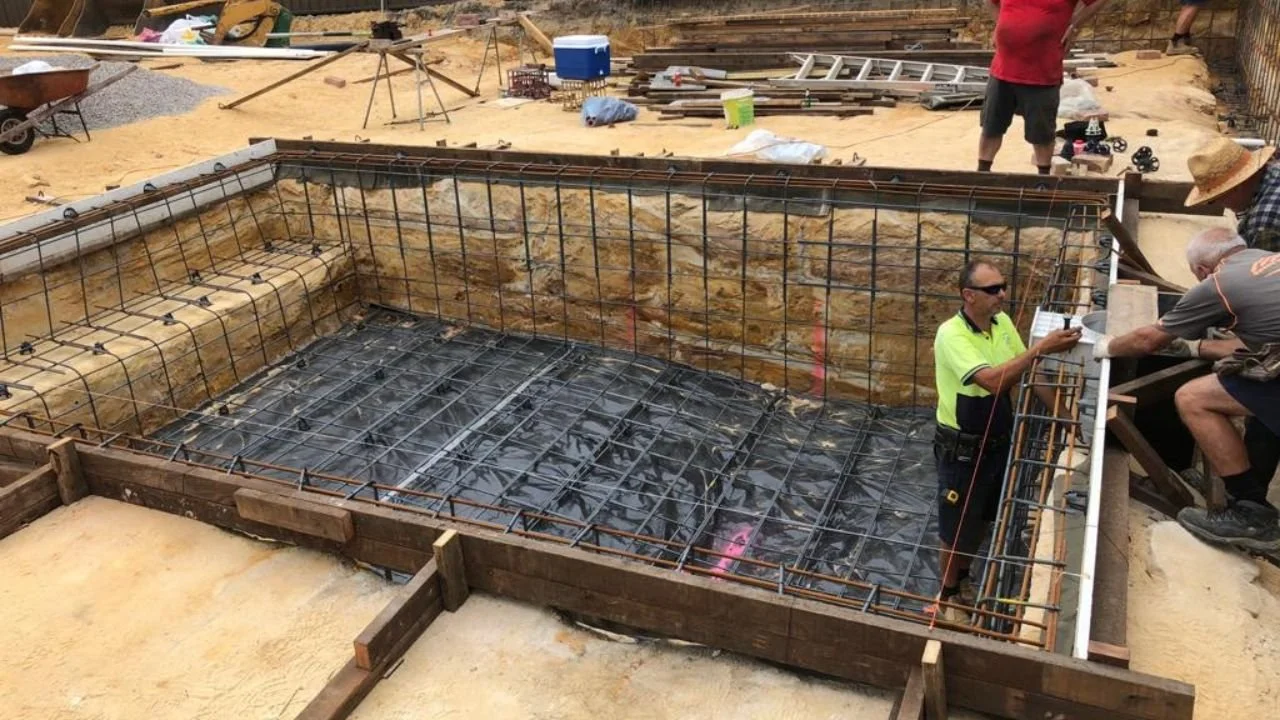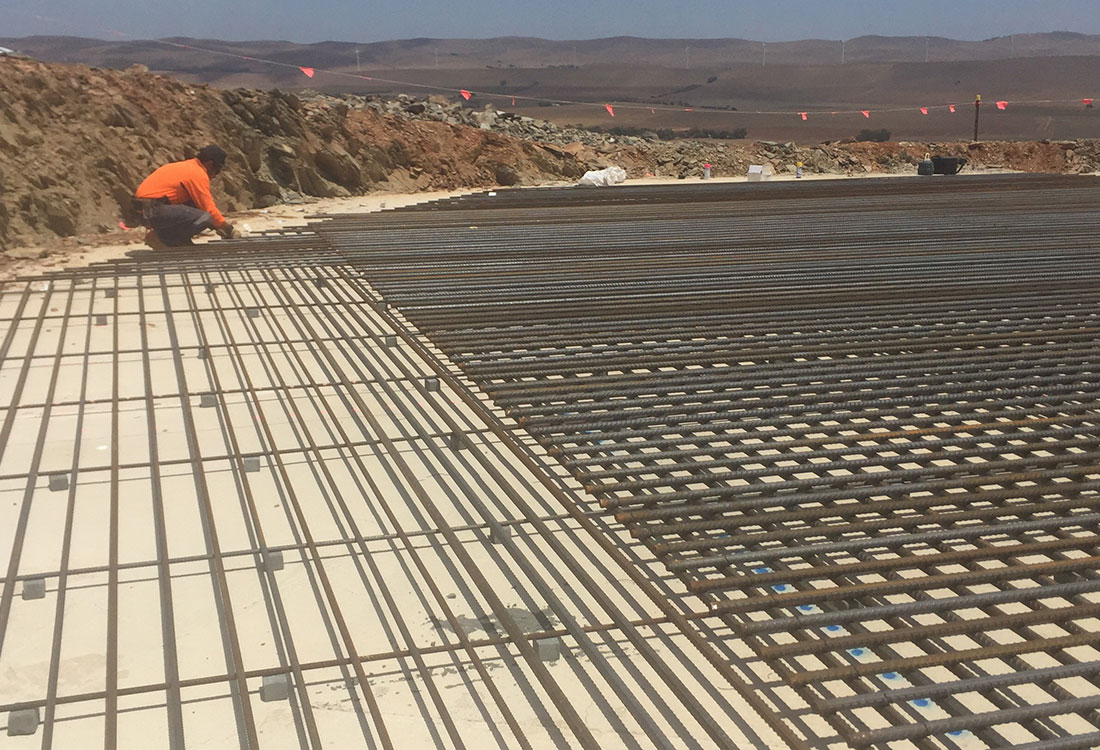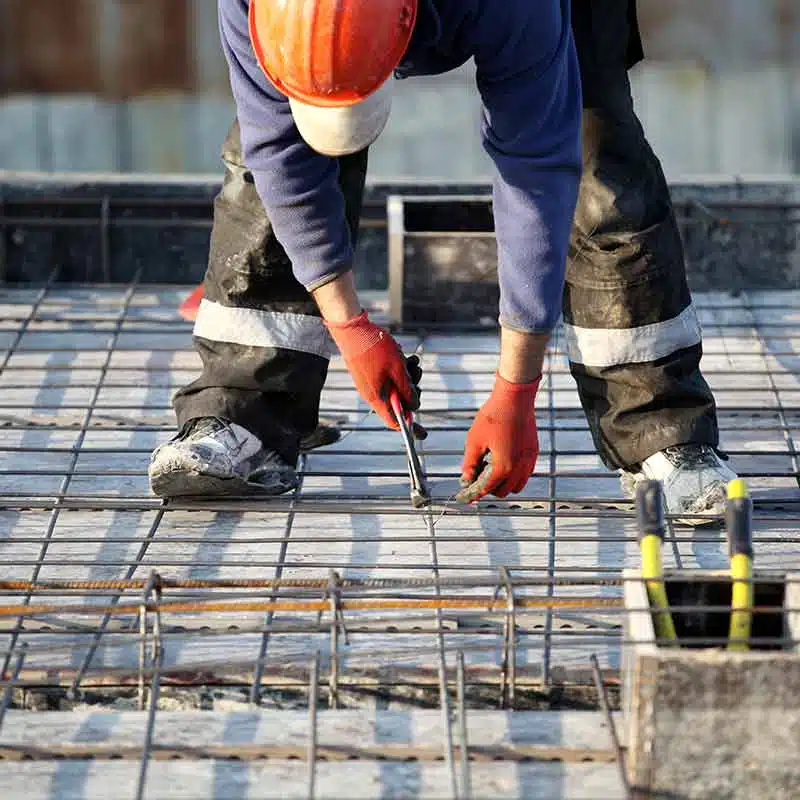Learning Steel Fixing: Methods for Superior Building
Mastering steel fixing is an essential facet of building that straight affects the stability and long life of concrete frameworks. As we explore these strategies in greater information, the implications of understanding this essential skill ended up being increasingly apparent, raising concerns concerning exactly how these techniques can transform building and construction methods.
Understanding Steel Fixing Fundamentals
Steel taking care of, a vital element in the building and construction market, includes the positioning and securing of steel reinforcement bars (rebar) within concrete structures. This process is essential for guaranteeing the architectural integrity and longevity of concrete aspects, as rebar substantially improves tensile stamina, which concrete lacks.
Comprehending the fundamentals of steel repairing begins with recognizing the different kinds of rebar and their requirements, including diameter, quality, and coating. Rebar is normally made from carbon steel and is offered in various dimensions, which are selected based on the structural requirements of the task.

Furthermore, using suitable splashing lengths and anchorage approaches adds to the overall stability of the concrete framework. It is important for steel fixers to adhere to security requirements and finest methods throughout the setup procedure, ensuring not just the success of the task however additionally the security of all personnel entailed.
Important Devices and Equipment
Successful steel repairing counts heavily on the right tools and equipment to ensure precision and effectiveness in the setup procedure. Key devices consist of rebar cutters, which are vital for making exact cuts in different diameters of steel bars, and rebar benders that supply the essential angles for proper placement. Additionally, a high quality set of pliers, particularly tie cord pliers, is important for safeguarding rebar with tie cord.
Determining devices, such as measuring tape and laser degrees, promote exact design and alignment, while a durable array of clamps and vises aids in holding the rebar in setting throughout setting up. Safety and security tools, including handwear covers and safety glasses, can not be overlooked, as they safeguard employees from potential threats connected with steel handling.
For larger jobs, purchasing mechanical devices like rebar connecting makers can significantly enhance efficiency. Last but not least, correct storage space solutions, such as bins or shelfs, aid arrange materials and preserve a risk-free working setting. By using these essential devices and equipment, steel fixers can enhance their workflow, ensuring that architectural integrity and building timelines are consulted with accuracy
Techniques for Accurate Placement

One efficient method is making use of design templates or marking overviews to establish specific areas for steel bars. These guides must be made from long lasting materials to hold up against the rigors of construction and need to be examined against building illustrations to validate precision. Furthermore, using laser levels can substantially enhance placement and elevation accuracy.
Furthermore, maintaining proper spacing between reinforcements is important. This can be accomplished by making use of spacers or chairs that are designed to hold steel bars in position at the called for range from the formwork.
Routine assessments throughout positioning need to be carried out to ensure compliance with task requirements. Any type of inconsistencies should be attended to immediately to stop structural weak points.
Finally, collaboration with various other professions is essential, as clear communication can stop positioning mistakes that might arise from clashing building activities. By implementing these methods, steel fixers can significantly add to the general quality and safety of the construction job.
Usual Errors to Stay Clear Of
While ensuring the correct placement of support steel is important, several usual mistakes can weaken the stability of the building and construction process. One frequent error is insufficient spacing in between steel bars. Not enough spacing can lead to congestion, which can jeopardize concrete circulation and bonding, eventually influencing architectural toughness.
Another typical mistake includes ignoring to appropriately protect the support bars throughout placement. Failure to sufficiently support the steel or tie can cause imbalance, especially when concrete is poured, causing structural weak points. Additionally, ignoring the needed cover thickness commonly leads to early deterioration of the steel, lessening the long life of the framework.
Incorrect cutting and bending of rebar is an additional pitfall that can result in stress and compression issues within the concrete. It is necessary to follow precise requirements to keep the desired load-bearing capability.
Lastly, inadequate assessment before concrete pouring can enable these errors to go unnoticed. Normal checks and adherence to create requirements are crucial to make sure that steel fixing is performed appropriately. By staying clear of these common blunders, building specialists can enhance the resilience and safety and security of their projects, ensuring an effective result.
Best Practices for Safety And Security
Ensuring the honesty of steel dealing with is not only concerning staying clear of common mistakes however additionally regarding implementing ideal methods for safety and security on the building website. A thorough security strategy should start with appropriate training and orientation for all employees associated Going Here with steel repairing. Workers must know with safety and security protocols, tools usage, and emergency situation procedures to reduce dangers properly.

Preserving a organized and clean workplace is equally crucial. Clear paths and correct storage space of products can substantially reduce trip and autumn risks. Implementing useful site robust communication procedures, such as hand signals or radios, can prevent mishaps caused by miscommunication.
Finally, promoting a culture of safety amongst staff member encourages watchfulness and liability. Routine security conferences and open discussions about possible dangers will promote positive steps and enhance overall security on the building and construction site. By sticking to these finest methods, the risk of accidents during steel fixing tasks can be significantly decreased.
Conclusion
Grasping steel dealing with is vital for ensuring the structural honesty and toughness of concrete buildings. By using exact strategies, utilizing appropriate tools, and adhering to best practices, the high quality of building can be considerably boosted.
Grasping steel taking care of is a fundamental aspect of construction that directly influences the security and long life of concrete frameworks. By utilizing these essential devices and tools, steel fixers can enhance their workflow, ensuring that structural stability and construction timelines are satisfied with accuracy.
While making certain the appropriate positioning of reinforcement steel is essential, a number of usual errors can weaken the honesty of the building procedure.Making sure the integrity of steel repairing is not just concerning staying clear of usual blunders however likewise concerning carrying out best methods additional resources for security on the construction site.Mastering steel taking care of is important for making certain the architectural integrity and toughness of concrete buildings.